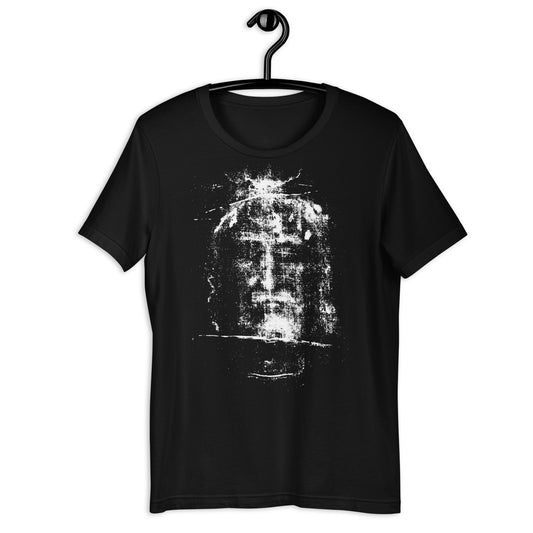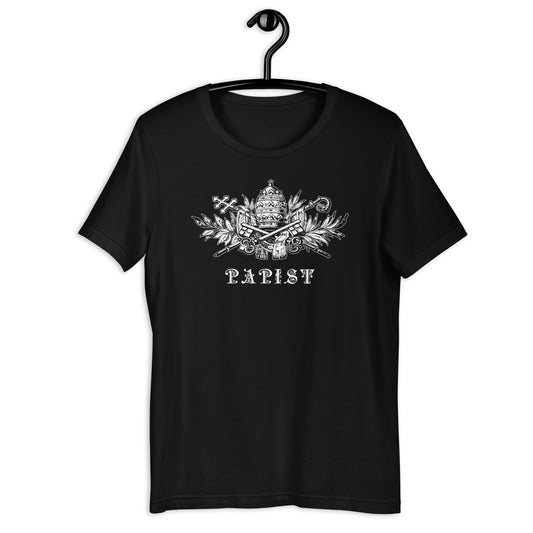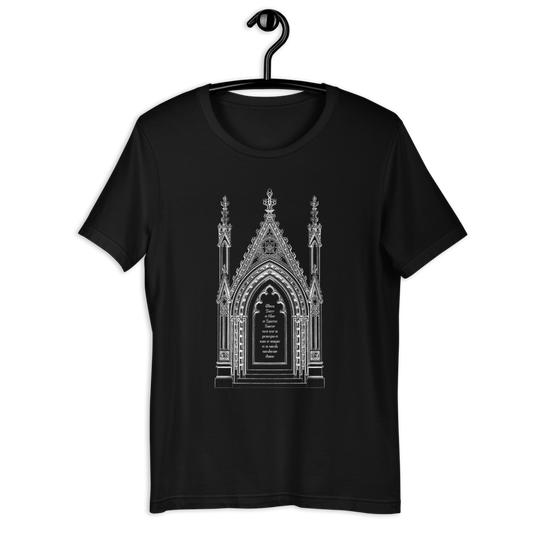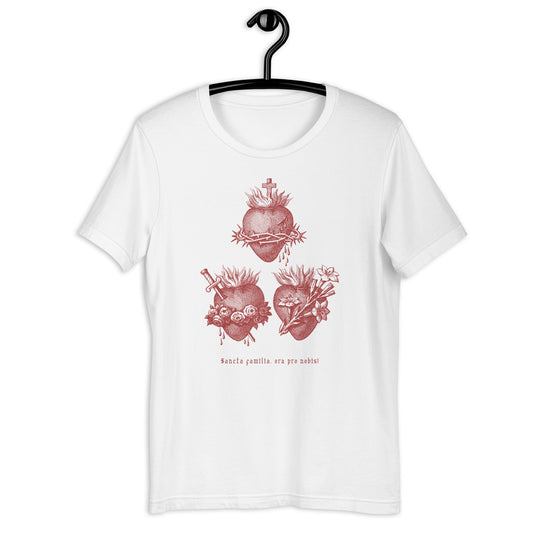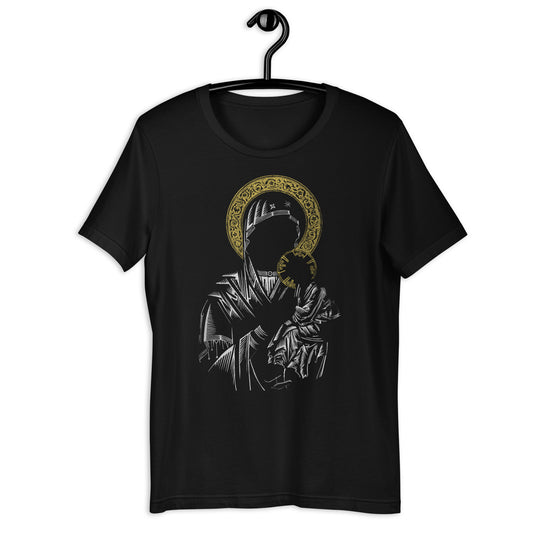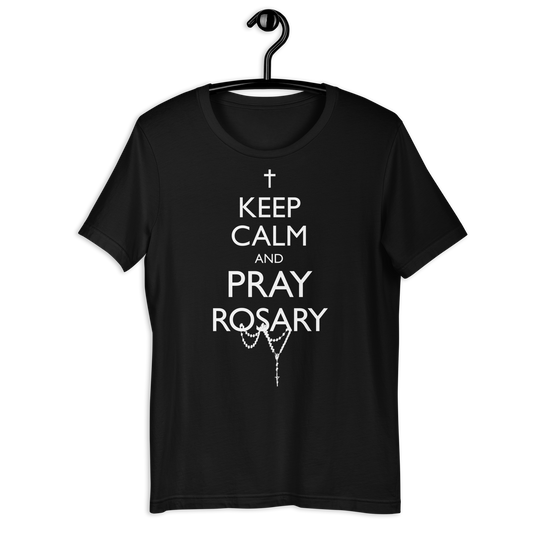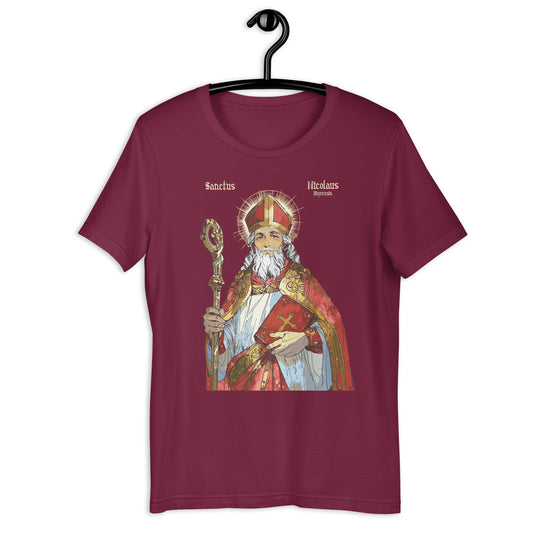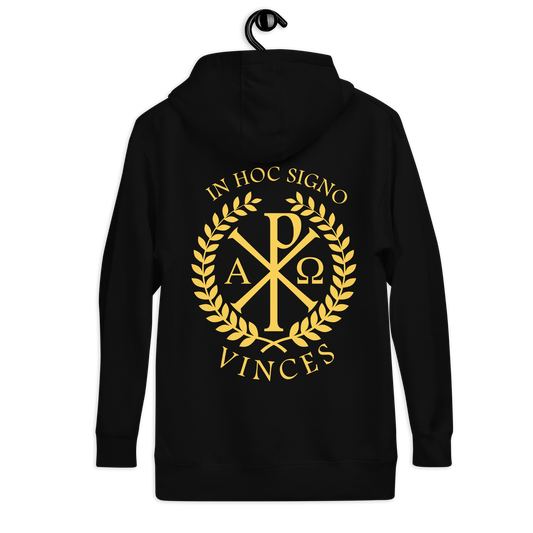The Catholic brand is showing up everywhere from city streets to Instagram feeds. You might think this is just a trend, but actually, over 60 percent of young Catholics say they connect more with faith-inspired merchandise than traditional church marketing. That flips the script on how the Church shares its message, turning everyday items into conversation starters and sparking spiritual curiosity in unexpected places.
Table of Contents
- Defining Catholic Brand: What Is It?
- The Importance of Catholic Brand in Today’s Culture
- Key Features and Values of Catholic Brand
- How Catholic Brand Engages with Young Catholics
- The Future of Catholic Brand in Merchandise
Quick Summary
| Takeaway | Explanation |
|---|---|
| Authentically represent Catholic teachings | A Catholic brand focuses on expressing core principles of faith with integrity and relevance to modern audiences. |
| Create culturally relevant faith expressions | Brands should bridge traditional beliefs with contemporary lifestyles to resonate with younger generations and promote inclusivity. |
| Engage through digital storytelling | Utilize social media and multimedia to share authentic spiritual narratives that connect personally with diverse Catholic experiences. |
| Focus on ethical and aesthetic design | Future Catholic merchandise should merge style with meaningful theological representation, appealing to the identity of consumers today. |
| Encourage collaborative spiritual exploration | Foster an open dialogue around faith that respects individual journeys and allows for natural spiritual discovery in a modern context. |
Defining Catholic Brand: What Is It?
In the evolving landscape of faith-based expression, the Catholic brand represents a strategic approach to communicating Catholic values, identity, and spirituality through contemporary mediums. Unlike traditional religious marketing, this concept goes beyond simple evangelization to create meaningful connections between faith and modern cultural experiences.
The Essence of Catholic Branding
A Catholic brand is fundamentally about authentically representing the Church’s teachings, traditions, and spiritual essence in a way that resonates with current generations.
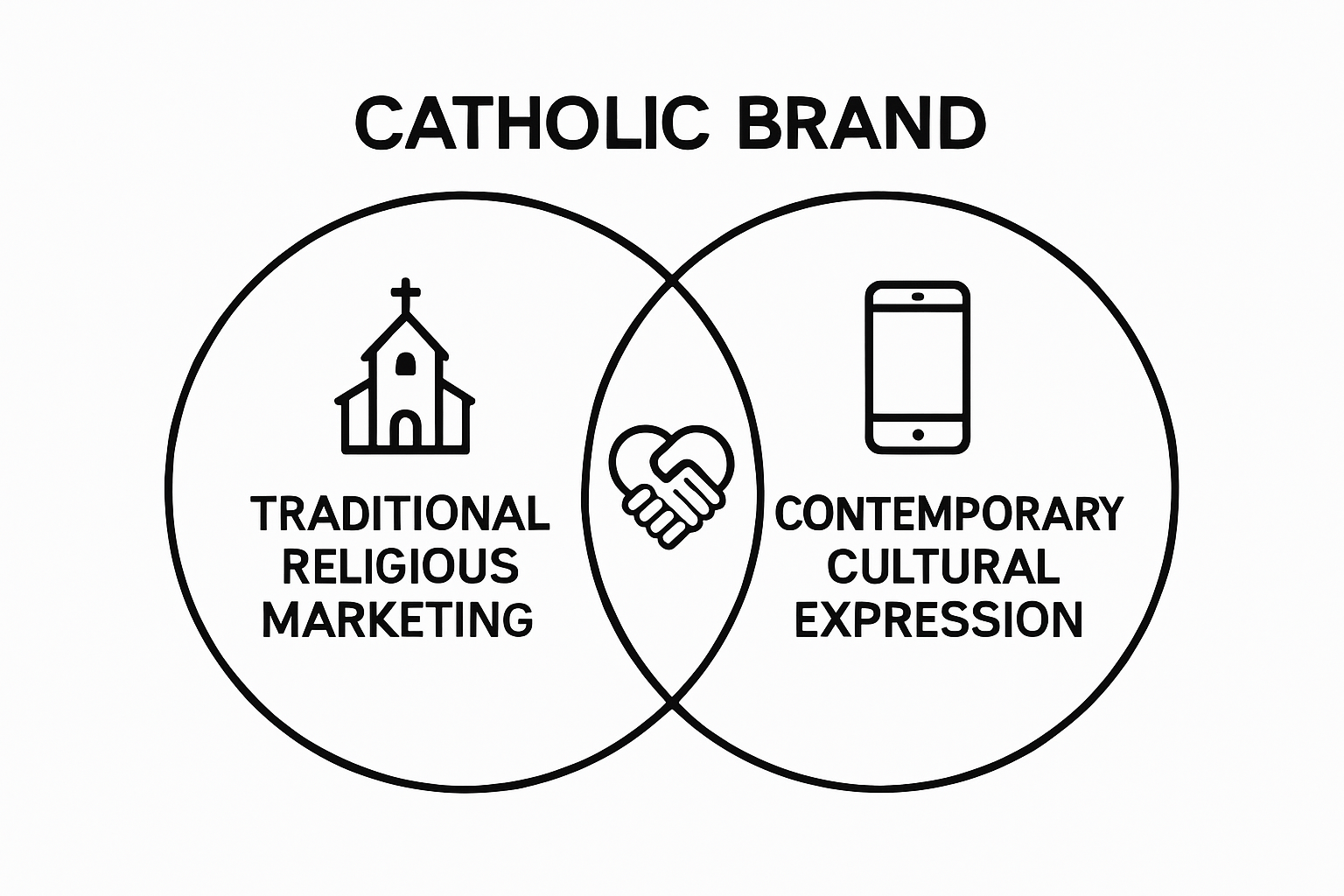 Research from Catholic University suggests that effective Catholic branding transcends conventional marketing by focusing on core spiritual principles rather than mere commercial objectives.
Research from Catholic University suggests that effective Catholic branding transcends conventional marketing by focusing on core spiritual principles rather than mere commercial objectives.
Key characteristics of a robust Catholic brand include:
- Maintaining doctrinal integrity
- Creating culturally relevant expressions of faith
- Engaging younger demographics through innovative communication strategies
Bridging Tradition and Contemporary Expression
The Catholic brand serves as a critical bridge between timeless religious traditions and modern cultural contexts. This approach allows Catholics to express their faith authentically while remaining contextually relevant. By integrating traditional teachings with contemporary design and communication strategies, Catholic brands can explore contemporary fashion expressions that speak directly to younger generations.
Ultimately, a Catholic brand is not about selling products but about creating meaningful dialogue, promoting spiritual connection, and providing tangible ways for individuals to express their faith in an increasingly secular world. It represents a nuanced approach to evangelization that respects both the Church’s rich heritage and the dynamic cultural landscape of the 21st century.
This table compares traditional Church marketing with the modern Catholic brand approach as described in the article, highlighting their differing methods and focus areas.
| Aspect | Traditional Church Marketing | Modern Catholic Brand |
|---|---|---|
| Main Goal | Evangelization and information | Authentic identity expression and dialogue |
| Methods | Sermons, bulletins, static media | Social media, fashion, multimedia storytelling |
| Audience | General congregation | Younger demographics, culturally diverse groups |
| Tone | Formal, institutional | Relatable, personal, inclusive |
| Engagement Approach | One-way communication | Interactive, collaborative storytelling |
| Focus | Doctrinal instruction | Integration of faith with modern lifestyle |
The Importance of Catholic Brand in Today’s Culture
In an increasingly secular world, the Catholic brand has emerged as a powerful mechanism for preserving and communicating religious identity, particularly among younger generations seeking authentic spiritual connections. This brand serves not merely as a marketing strategy but as a dynamic cultural interface between traditional faith and contemporary social experiences.
Cultural Relevance and Identity Expression
According to Pew Research Center, Catholic identity extends beyond religious practice into a nuanced cultural phenomenon. The Catholic brand provides a platform for individuals to express their spiritual heritage through modern, meaningful representations that transcend conventional religious communication.
Key dimensions of cultural significance include:
- Providing visual and tangible representations of faith
- Creating inclusive spaces for spiritual dialogue
- Challenging stereotypical perceptions of religious expression
Evangelization Through Contemporary Mediums
Modern Catholic branding represents an innovative approach to evangelization, leveraging design, fashion, and digital platforms to engage audiences who might feel disconnected from traditional religious communication. By understanding contemporary Catholic fashion, brands can create resonant narratives that speak directly to younger demographics.
The Catholic brand becomes a bridge between timeless spiritual teachings and the dynamic cultural landscape, enabling authentic expressions of faith that are both intellectually compelling and emotionally engaging. It transforms religious communication from passive transmission to active, participatory dialogue, making spiritual connections more accessible and relevant in a rapidly changing social environment.
Key Features and Values of Catholic Brand
The Catholic brand represents a sophisticated ecosystem of values, communication strategies, and spiritual principles that distinguish it from conventional marketing approaches. It is fundamentally rooted in a holistic understanding of faith that transcends commercial objectives and seeks to create meaningful spiritual connections.
Core Theological and Ethical Foundations
Research from Catholic University highlights that authentic Catholic branding must be grounded in core theological principles that reflect the Church’s fundamental teachings. These principles are not merely theoretical constructs but living expressions of faith that guide both communication and cultural engagement.
Critical theological values that shape the Catholic brand include:
- Promoting human dignity and respect
- Encouraging communal solidarity
- Emphasizing compassion and social justice
- Maintaining doctrinal integrity
Authentic Representation and Cultural Dialogue
The Catholic brand serves as a nuanced platform for creating dialogue between traditional religious teachings and contemporary cultural experiences. By exploring contemporary Catholic fashion, brands can develop innovative approaches that resonate with younger generations while maintaining theological authenticity.
Key to this approach is the understanding that the Catholic brand is not about aggressive evangelization but about creating invitational spaces where spiritual exploration can occur naturally. It represents a delicate balance between preserving sacred traditions and engaging with the dynamic, evolving landscape of modern spiritual experience, ultimately transforming religious communication from a monologue into a rich, multidimensional conversation.
The following table summarizes the key features and foundational values that define a strong Catholic brand, according to the article.
| Feature or Value | Explanation |
|---|---|
| Doctrinal Integrity | Maintains consistency with core Church teachings and theological principles |
| Culturally Relevant Expression | Bridges traditional beliefs with modern lifestyle and design |
| Engagement of Younger Demographics | Uses innovative strategies to connect with younger Catholics |
| Ethical Foundations | Promotes human dignity, solidarity, compassion, and social justice |
| Authentic Representation | Represents faith experiences truthfully in a modern context |
| Invitation to Dialogue | Creates open spaces for spiritual conversation rather than aggressive evangelization |
How Catholic Brand Engages with Young Catholics
In an era of declining religious affiliation, the Catholic brand has developed sophisticated strategies to reconnect with younger generations, transforming traditional communication approaches into dynamic, culturally relevant dialogues. These strategies recognize the unique spiritual and social challenges faced by young Catholics in a rapidly changing world.
Digital Storytelling and Authentic Representation
Research from the University of Notre Dame reveals that young Catholics seek meaningful spiritual narratives that address their complex life experiences. The Catholic brand responds by creating platforms that prioritize authentic storytelling, moving beyond institutional messaging to personal, relatable spiritual journeys.
Key engagement strategies include:
- Leveraging social media platforms for genuine dialogue
- Creating content that addresses contemporary social issues
- Highlighting diverse Catholic experiences and perspectives
- Using multimedia storytelling techniques
Reimagining Spiritual Connection
Modern Catholic branding recognizes that engagement is not about converting but about creating inclusive spaces for spiritual exploration. By understanding why evangelize through apparel, brands can develop innovative approaches that speak directly to young people’s desire for meaningful identity expression.
The Catholic brand ultimately serves as a bridge between traditional faith and contemporary cultural experiences, offering young Catholics a way to integrate their spiritual identity with their lived realities. It transforms religious communication from a top-down model to a collaborative, interactive dialogue that respects individual spiritual journeys while maintaining theological authenticity.
The Future of Catholic Brand in Merchandise
The landscape of Catholic merchandise is undergoing a transformative evolution, shifting from traditional religious iconography to sophisticated, culturally resonant expressions of faith. This emerging paradigm represents a strategic approach to engaging contemporary audiences through thoughtful, design-driven products that transcend conventional religious marketing.
Ethical and Aesthetic Convergence
Research from U.S. Catholic reveals a growing trend where Catholic merchandise becomes a nuanced platform for identity expression, integrating aesthetic innovation with theological authenticity. The future of Catholic brand merchandise lies in creating products that are simultaneously meaningful, stylish, and spiritually significant.
Key emerging trends include:
- Minimalist design approaches
- Sustainable and ethically sourced materials
- Culturally adaptive visual language
- Inclusive representation of Catholic diversity
Technological and Cultural Integration
By mastering the Catholic apparel workflow, brands can develop merchandise that speaks directly to younger generations. This approach goes beyond mere product creation, transforming Catholic merchandise into a dynamic medium for spiritual dialogue and cultural engagement.
The future of Catholic brand merchandise represents more than commercial strategy. It is a profound reimagining of how faith can be communicated visually and experientially, creating bridges between traditional spiritual teachings and contemporary cultural expressions. These evolving merchandising approaches serve not just as products, but as powerful tools for spiritual connection, community building, and authentic faith representation.

Elevate Your Faith: Express Catholic Identity with Modern Style
Are you searching for ways to bridge your traditional Catholic values with the realities of modern culture? The article highlighted how many Catholics feel pressure to hide their faith or struggle to find outlets for genuine, relevant expression. If you relate, you understand the need for a Catholic brand that blends doctrinal integrity with cultural relevance. Our mission at Deus Design is to help Catholics confidently step into the public space by offering apparel and gifts that spark meaningful conversations and proudly display your faith. Discover our collection of Simple Modern Designs - Catholic Tees, Hoodies, Mugs, Posters & more to experience the harmony of tradition and contemporary expression.
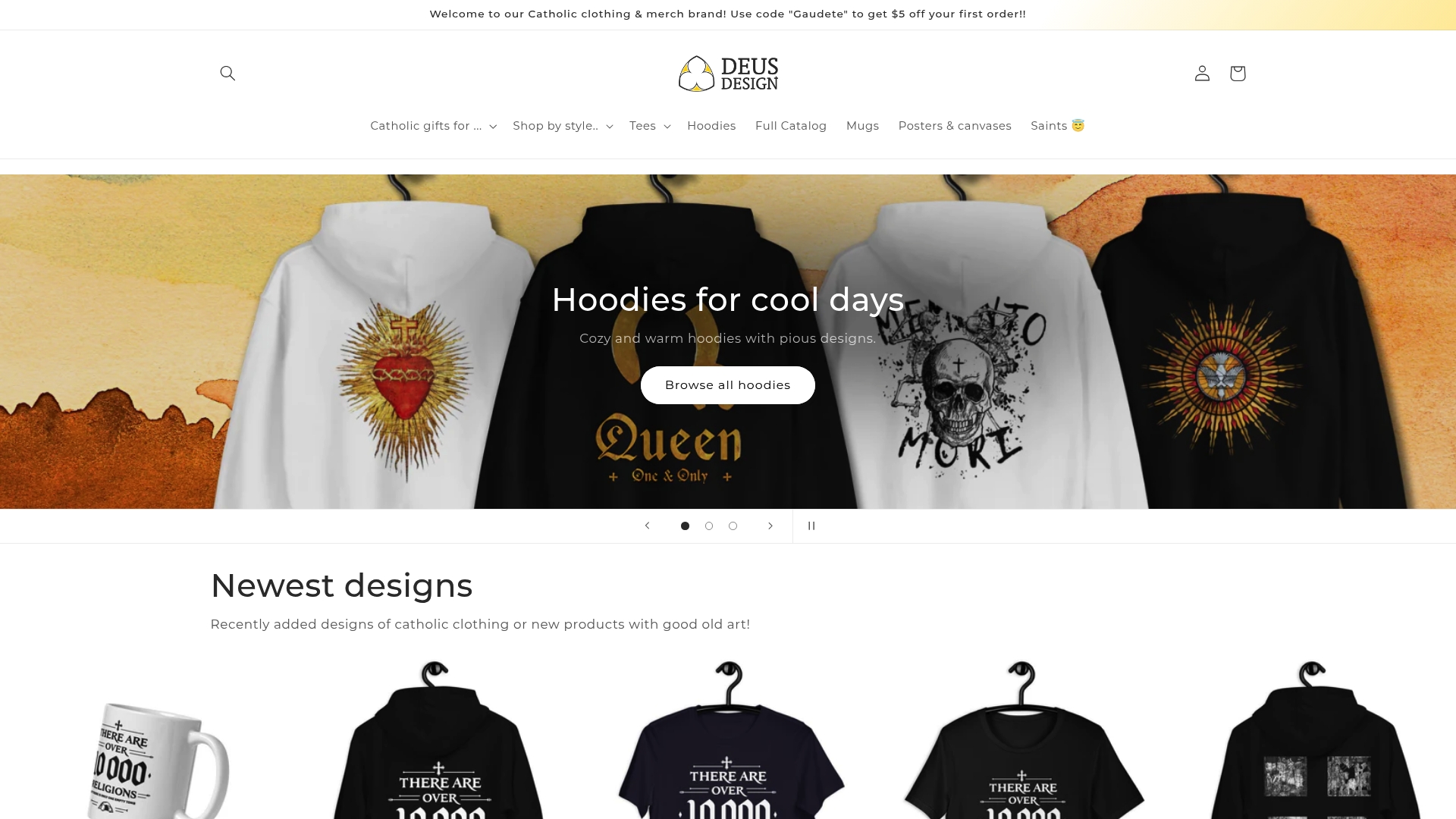
Are you ready to make Catholic identity visible and inspiring? Visit https://deusdesign.org now and find bold, thoughtful ways to live your faith every day. Looking for something special to share with friends, family, or parish? Explore our Gifts for Catholics, for priests, wedding, baptism, confirmation and become part of a new movement where Catholic faith is celebrated without hesitation.
Frequently Asked Questions
What is the essence of a Catholic brand?
The essence of a Catholic brand lies in authentically representing the Church’s teachings and values while making them culturally relevant for contemporary audiences. It aims to create meaningful connections between faith and modern cultural experiences.
How does Catholic branding bridge tradition and contemporary expression?
Catholic branding bridges tradition and contemporary expression by integrating timeless religious teachings with modern design and communication strategies. This allows Catholics to express their faith in ways that resonate with current generations, promoting authentic spiritual dialogue.
What are the key features that define a strong Catholic brand?
A strong Catholic brand is characterized by maintaining doctrinal integrity, creating culturally relevant expressions of faith, and engaging younger demographics through innovative communication strategies that reflect core theological principles.
How does Catholic brand engage with younger generations?
Catholic brands engage with younger generations by leveraging digital storytelling, social media, and multimedia content that highlights authentic spiritual narratives. This approach fosters inclusive spaces for spiritual exploration rather than solely focusing on conversion.
Recommended
- What is Contemporary Catholic Fashion? Understanding Its Impact – deusdesign
- Understanding the Catholic Art Guide: Faith in Creation – deusdesign
- Understanding Why Evangelize with Apparel – deusdesign
- Master the Catholic Apparel Workflow for 2025 Success – deusdesign
- What is Branding for Small Business? Understanding Its Importance
- Why Branding Matters: Unlocking Business Growth and Trust|BM






